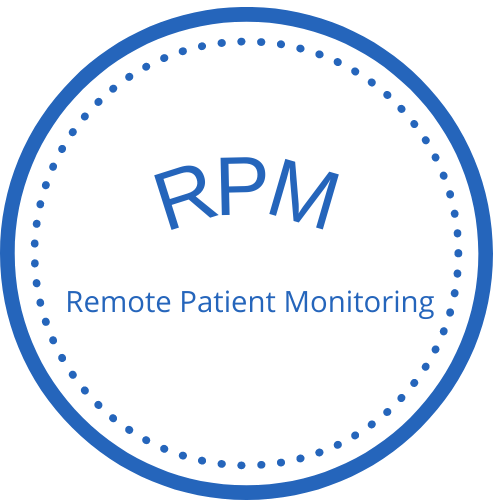- Homeland Security: new COVID prophylaxis treatment - December 16, 2020
- Chronic back pain: sick and tired - December 16, 2020
- Gut Health: You are what you eat - December 16, 2020
Blood thinners can simultaneously save your life, and end it, depending on a delicate balance of clot factors in your blood. Unbeknownst to most patients, blood clotting requires numerous checks and balances; a kin to a domino effect. The brilliant chemistry cascade in our blood oscillates on a thin margin of thick and thin. Many disease processes in our body cause the chemical equation to shift into what’s known as a “hypercoagulable state,” which make our blood thicker, such as cancer, immunocompromised, or genetic disorders. To flip the coin, there exist even more states that cause our blood to run too thinly, putting us at risk of “bleeding out.” This includes sepsis and trauma, among others.
So why does such a life-saving medication pose such a risk to nursing home patients? Because to quote the most famous medical Catch-22 book of all time, “Gomers go to ground.” In his jaded, hilarious account of residency, Samuel Shem describes in The House of God, how all elderly patients, whether willingly or not, trip and fall. With age, we lose our fine motor skills, and with that our ability to balance goes right out the window.
Often, geriatric patients also take blood pressure-lowering medications, which can further exacerbate dizziness if they’re overmedicated. Elderly patients trip and fall, inevitably smash their head on some hard object, and can bleed out in a few minutes. And the most common place people fall? The bathroom.



